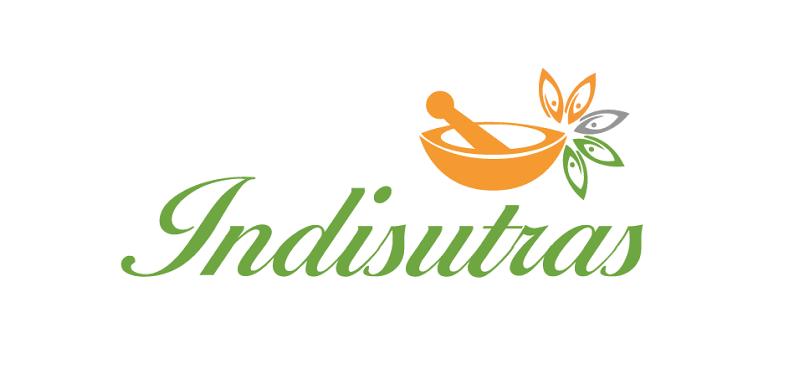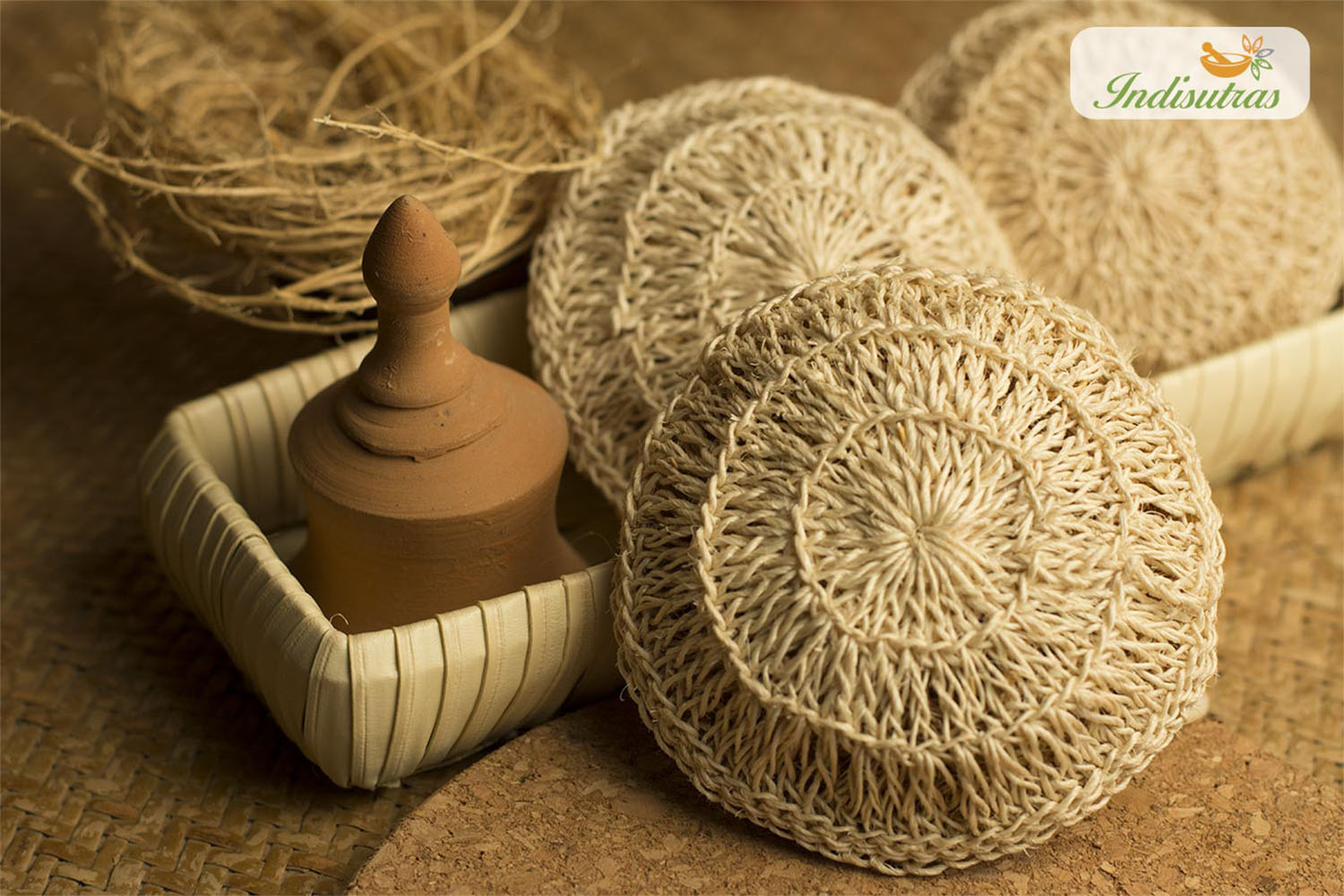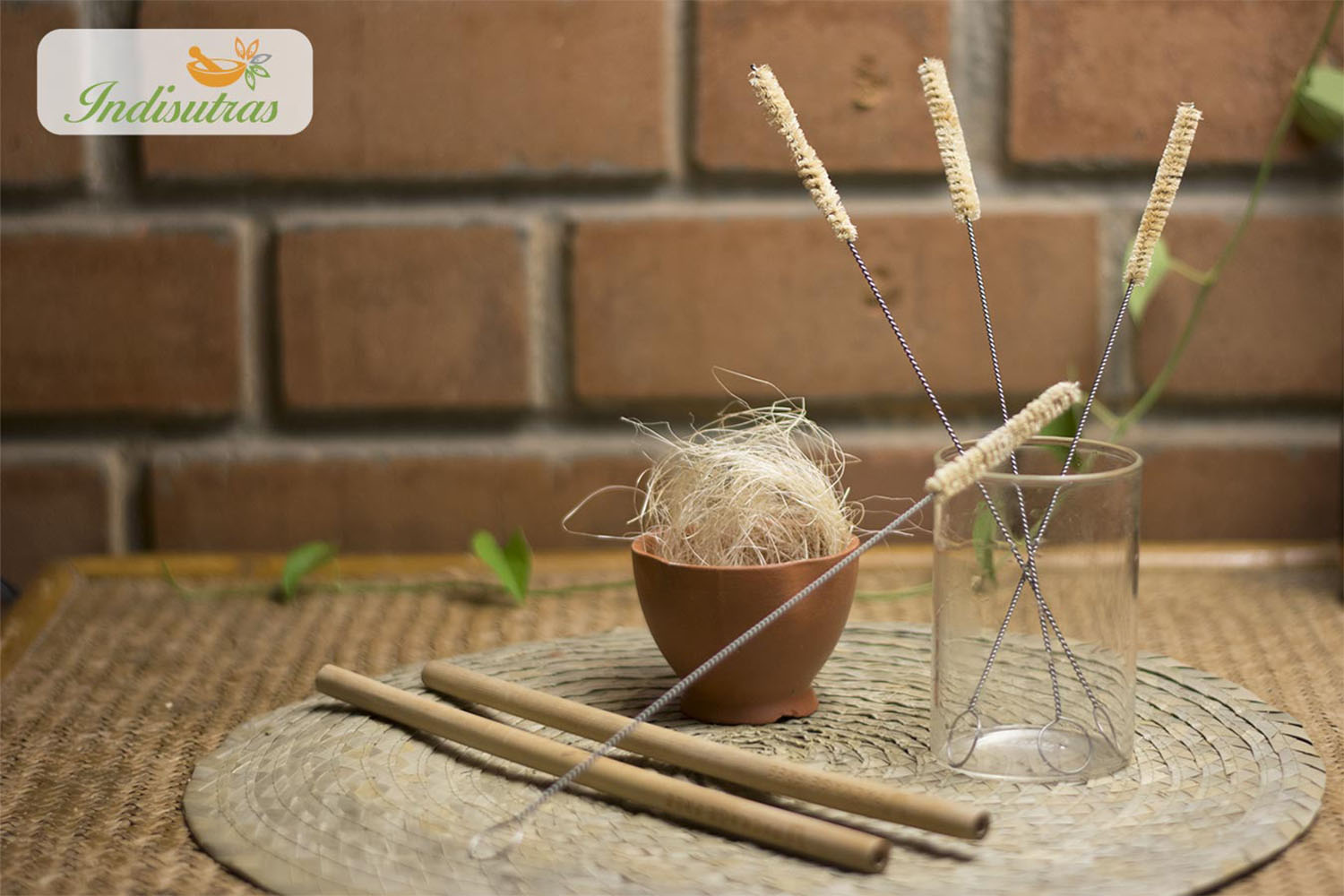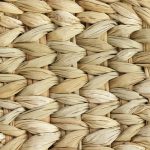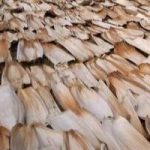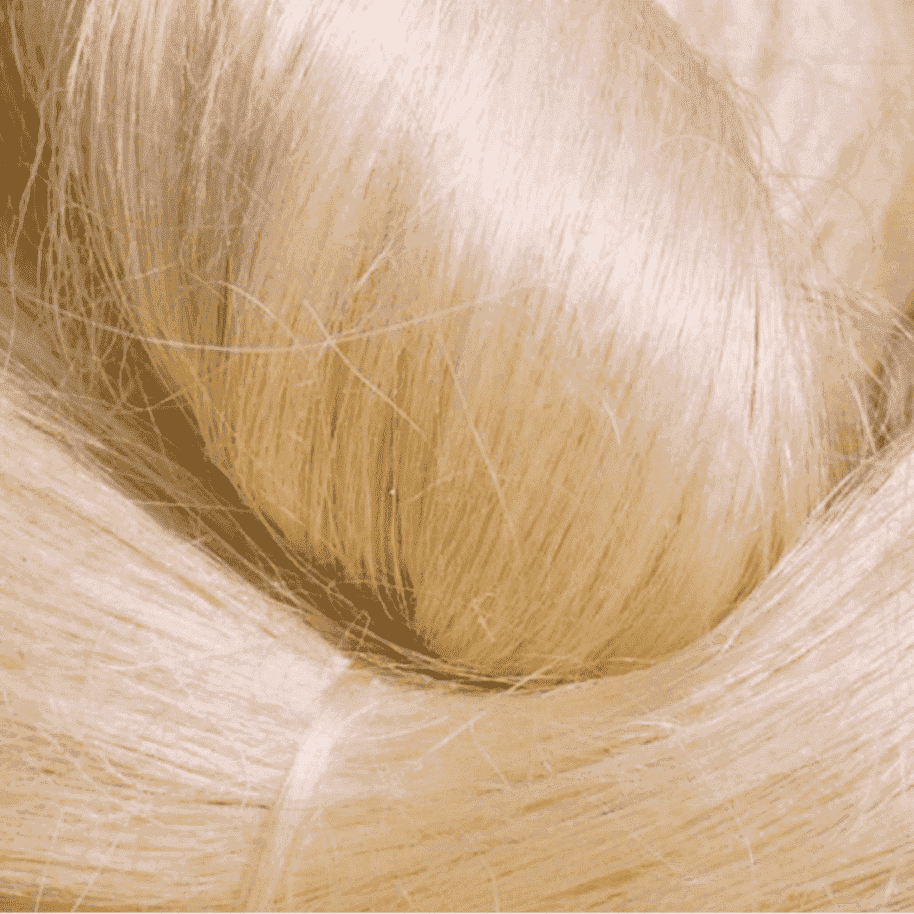
Sisal fiber products

Sisal is a very sustainable and eco-friendly material that is used for lots of products and is extremely versatile. This material is used to make quality scrubs and fashionable items because of its earthy- rustic appearance and texture.
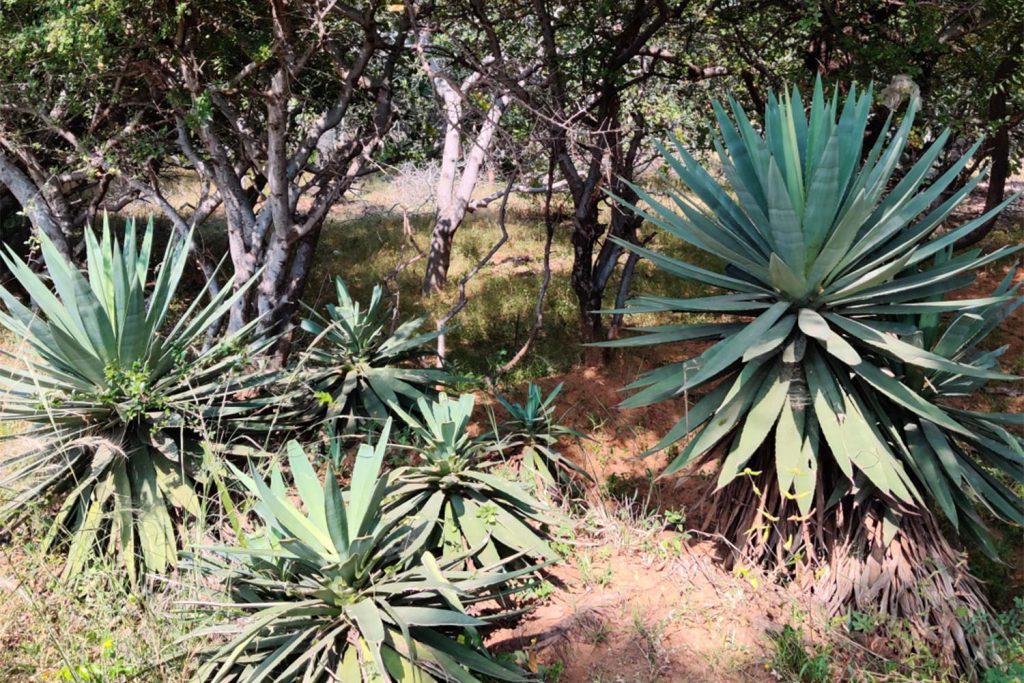
Origin
The sisal plant is native to Central America but can be grown all over the world. The largest sisal producing countries are Brazil and China. It was first commercially used by machine grain binder, creating demand for cheaper twine in the 1800s. It is also grown mostly in South India. The agave plant is very abundant in South India and the locals use it for making everyday utilities, from food to clothing.
The perfect conditions to grow this plant are hot and dry climates. East African sisal is considered to be the best in the world as they are quite longer and finer and also white. It is essential because it can be easy to dye to different colors.
Processing
Sisal fiber is derived from the sisal plant’s leaves. Our local workers crush down the leaves of the plant. The machine crushes down the leaves and extracts the fiber from the plant.
The pulp is separated from the fiber, washed, and dried. It is usually white and measures up to 40-50 inches in length after being extracted from a single plant. The material extracted has a lot more elasticity, making it so easy to work with.
The sisal plant can be cultivated in most of the soil types, except clay, and has a low tolerance to saline soil conditions. The simple cultivation and easy care requirements are low, making it easy to consider.
Leaves are quite firm and fleshy and seed out a flower stalk, rising to 20 feet long after 6-7 years of growth. The outer leaves are cut away and are treated traditionally by local workers who separate the pulp from the fiber.
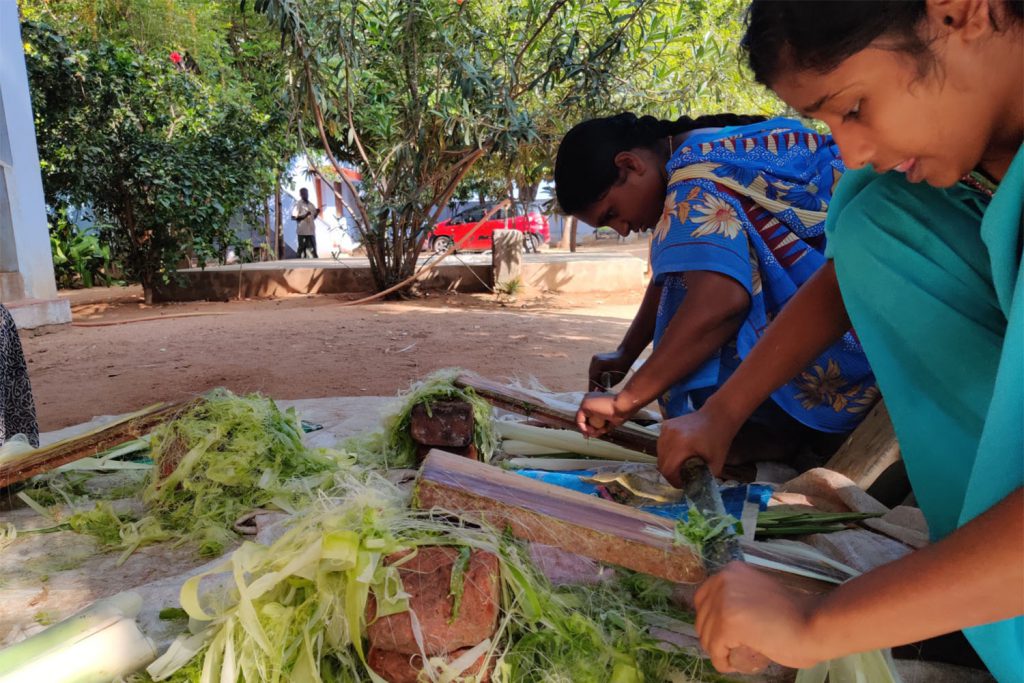
Benefits of Sisal
Sisal is a very sustainable and 100% biodegradable material. The material is also quite safe for allergy sufferers id quite strong and durable material. It is also water-resistant and has a super absorbent texture. Sisal is also very durable and long-lasting. Remember, if you choose to use a sisal-made alternative, you are also choosing to do your bit for the planet.
The popularity of these natural fibers is undeniable important as it is not only important for the skin but also for the environment. Sisal is usually used in a variety of products. Sisal is finding its way for more new and innovative products so that everyday life can be more sustainable.
Grades of Sisal
Sisal is broadly distinguished in three grades. The lower grade sisal is used by manufacturers of the paper industry because it has large portions of hemicellulose and cellulose. The medium-grade fiber is usually used to production of binder twines, ropes, and baler.
The third-quality which is a high-grade variety of sisal is used in the carpet industry to manufacture yarn. The fiber is made from the process of decortications. Sisal fiber consists of fiber cells that collectively look smooth, straight, and yellowish. The main feature of this unique material is that it is quite strong, which can give it a rigid and rough appearance.
Vetiver Material
Vetiver forms clumps of grass that can grow up to 1.5 meters. The grass is quite tall, thin, and rigid. But unlike any other, its roots grow up by 2-4 meters in length. The bunch of grass makes it resistant to wildfire and makes it quite strong enough to survive any pressure. The grass is non-invasive as it is quite dense making it protective. The root system of vetiver grass is strictured to be strong and is drought tolerant.
Vetiver is known as Khus and is a soothing and fragrant grass that is used for several purposes. Because of its cooling and refreshing effects, it is mostly used during the Indian summer. Vetiver is known for its skin healing and rejuvenation properties. It is quite antimicrobial and anti-bacterial.
Features of Vetiver
Properties of vetiver grass stand out from the regular grass in terms of cultivation and availability
- Minimum space requirements: The roots of the vetiver grass grow vertically, much better than any other crops. It does not require a lot of space for growth and no high maintenance.
- Several uses: Vetiver grass has a lot of use. It is medicinal and also beauty care uses.
- Low maintenance: The Vetiver grass just needs occasional trim. It is essential to stop grass from flowering.
Uses: The vetiver grass has a lot of uses. One of the important character is to prevent soil erosion and conserves moisture and is also sustainable. The material is used to produce personal care products.
It is also used to made handicrafts, perfumes, mats, and bath scrubs. There is a thing called vetiver system, which is a technology that helps to the prevention of soil erosion and water conservation.
Products from Sisal fiber and Vetiver Grass by Geosmin
Geosmin has some sisal fiber and vetiver grass-made products that are 100% durable and sustainable. The outer cover is made from soft sisal fiber material that is not quite harsh on the skin. The vetiver grass is also a gentle scrub that helps to rejuvenate the skin and avoid any skin problems. Veitavar is used in many beauty products because it has skin healing and regenerating properties. The aroma is also quite relaxing and helps with the refreshing of mind and body.
Geosmin offers this sustainable sisal and vetiver bath scrub that is a very good alternative to plastic and other commercial body scrubs. Our vetiver products are natural and contain essential oil. We also offer sisal cleaning brushes which are an amazing alternative to conventional plastic cleaning brushes.
Geosmin ensures that the production and processing unit is sustained by innovative products that are delivered by the local artisans. We bring in innovation in the products from natural vetiver roots so that the artisans have a sustainable livelihood. Geosmin follows fair trade policy and nearly 2000 artisans in rural areas have been trained for the craft.
Our goal is to ensure support and sustainable livelihood for vulnerable people and building a link between traditional handicraft and innovation to keep up with the market requirement and this valuable sustainable handicraft alive.
